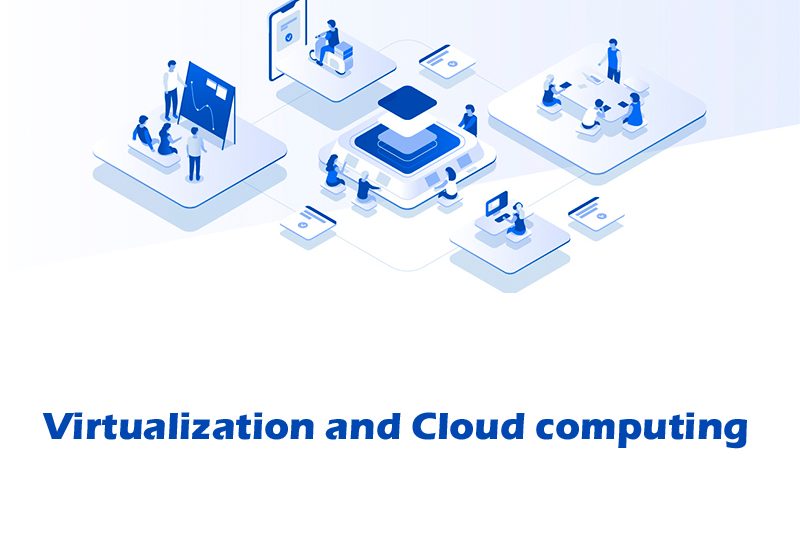- September 6, 2022
- Posted by: Web Developer
- Category: Information Technology

Virtualization and cloud computing are two different terms, often used interchangeably. Virtualization is a set of software resources that form the building blocks of cloud computing. In the simplest forms, let us take an example of Virtual Box, an Oracle software. You can run multiple instances of operating systems on it, regardless of the operating system you have installed in your system.
Virtualization separates the physical resources to create dedicated servers in a virtual environment. These servers can then be used for storing data and other purposes.
What is cloud computing?
Cloud computing is a more recent term, that has been formed as a result of virtualization. In layman’s terms, 2+2 = 4, but we cannot assume 2 and 4 to be the same. It is the addition of 2 numbers resulting in 4. In the same way, cloud computing is a result of using virtual machines to power dedicated servers and hardware in order to boost performance. Cloud computing is a result of virtualization, which gives powerful access to complex software and boosts enterprise performance.
Cloud computing and virtualization are interdependent on each other. For example, to leverage the powers of cloud computing, it is important to have powerful virtual servers that can be further configured.
Advantages of virtualization
Private and public clouds offer an array of services, which can help distinguish the different advantages of cloud computing over virtualization. A private cloud operates in its own virtual environment with complete flexibility and control of usage, once the servers are bought or leased out. On the other hand, public clouds offer pay-as-you-go services where the virtual environment is provided by a third party.
Advantages of cloud computing and virtualization combined
Public clouds are the best when it comes to the consumer benefits of virtualization and cloud computing combined. Enterprises can leverage the powers of both technologies to maximize resources, minimize costs, and run multiple operating systems without the need of having separate hardware.
How to determine? Which companies use it?
Enterprises need to first identify the need for virtualization or cloud computing. Enterprises having fewer IT staff, and higher security concerns are usually in need of cloud computing, whereas enterprises requiring greater control and flexibility of their own private cloud, go for virtualization.
Businesses should be very careful in determining the right service provider and make a feasibility analysis for operating expenditure and capital expenditure required for virtualization or cloud computing.
